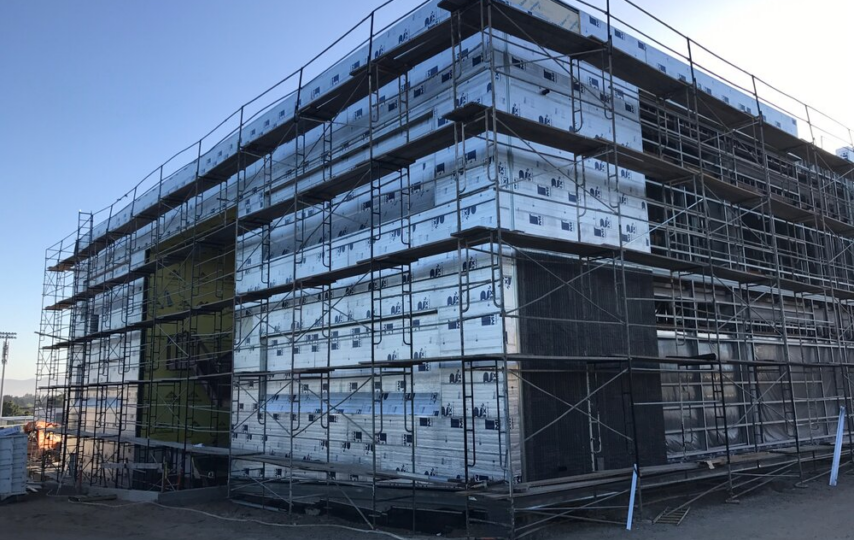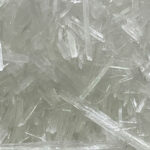Nothing comes close when insulating metal buildings than choosing the right insulation materials. This is because the materials you choose for insulating your metal buildings could effectively impact future maintenance costs and help eliminate potential hazards.
Choosing the right materials might seem like a giant hurdle with the vast amount and types of materials available for insulating metal buildings. However, this article provides an accurate list of high-quality insulation materials for your metal building.
Types of Metal Building Insulation Materials
There are a wide variety of insulating materials available in the market. Depending on your requirements, here are some of the best materials for insulating your metal buildings:
Fibreglass Insulation
Fibreglass is probably the most common and widely used insulation material for metal building systems. It is easy to install, environmentally friendly, cost-effective and has fine glass fibres. Fibreglass is a highly recommended Best-Selling BlueTex™ insulation product for metal buildings. Fibreglass insulation is very durable and possesses good thermal properties to cater to most metal building insulation requirements.
Reflective Insulation
Reflective insulation works by acting as an effective radiant heat barrier. Reflective insulation allows you to insulate spaces that would otherwise have been left uninsulated. The benefits from reflective insulation can be greatly maximised when there is a distinct temperature difference between the sides of the radiant barrier material. They provide the best insulation during warm or hot climates.
Mineral Wool Insulation
Mineral wool could either be referring to rock wool or slag wool. Rock wool is made from naturally occurring minerals like basalt or diabase. Meanwhile, slag wool is an artificial material primarily consisting of slag obtained from molten iron ore. Due to its hydrophobic nature, mineral wool discourages mould or mildew growth.
Its fire-resistant properties are highly rated and can act as a fire stop. However, mineral wool tends to be more expensive than its popular counterparts. It is also denser, hence, heavier than fibreglass. Since mineral wool is available in batts or a loose-fill form, it can be installed between metal studs and cavities.
Spray Foam Insulation
Spray foam is a great alternative to fibreglass and cellulose insulation, providing good insulation and heat transfer resistance while sealing gaps. Spray foam can also be applied as a closed-cell or open-cell.
Rigid Foam
Some examples of rigid foam insulation boards include extruded polystyrene (XPS), expanded polystyrene (EPS), and polyisocyanurate (polyiso). These boards have high insulation values and can easily be cut between framing members. Rigid foam insulation can also provide effective resistance to moisture and a vapour barrier.
Cellulose Insulation
Another great material for insulating metal buildings is cellulose. Cellulose insulation comprises plant or recycled material, such as shredded paper or cardboard, mixed with fire-retardent agents. Cellulose insulation provides adequate thermal performance and efficient reduction in air infiltration.
Factors to Consider When Choosing Materials for Insulating Metal Buildings
Choosing the right materials for insulating your metal building might seem difficult and confusing due to the many options available. However, there are certain factors that you must consider before making your choice. These include:
Climate/ Environmental Conditions
Climate conditions greatly influence the type of materials needed for your metal buildings. Coupled with weather and environmental effects, careful consideration is needed when choosing insulation materials.
Installation Method
Some insulation materials, such as mineral wool, are available in rolls or batts. This makes them very easy and straightforward to install. Whilst some could still be sprayed, there are other insulation materials whose installation methods are quite complex and difficult to execute and would be best done by professionals.
Thermal Resistance
Measured by the R-value, the thermal resistance you require would assist you in picking out which insulation material is best for your metal building. Appropriate R-values could be based on your location, climate, or energy efficiency goals.
Durability and Longevity
It is safe to say that not every insulation material would last the same period. While they perform the same insulation tasks, other factors, such as composition and installation method, differ. Hence it is best to consider the durability and longevity of the material needed for your metal building.
Building Codes and Regulations
It is important to acquaint yourself with your local building codes, regulations, and standards that may demand specific requirements for insulation materials in metal buildings.
Cost
Seeing as a budget would be needed for this project, it is pertinent to consider the cost of the insulation material.
Conclusion
Choosing the right insulation material for your metal building can only be possible after carefully considering the factors highlighted. If you follow the guide to the letter, you shouldn’t face any hassle when deciding.








